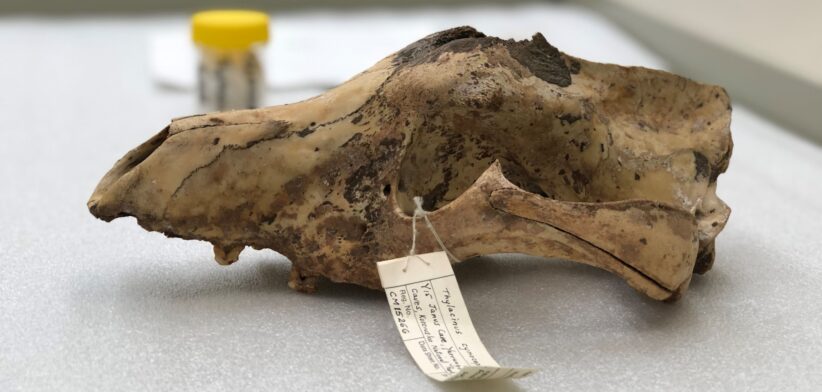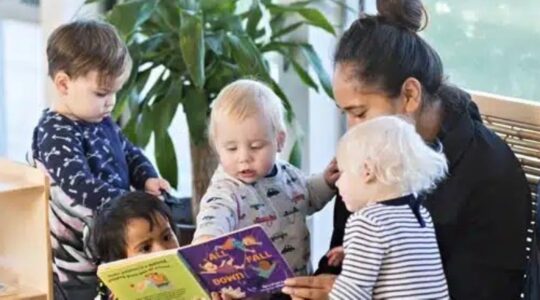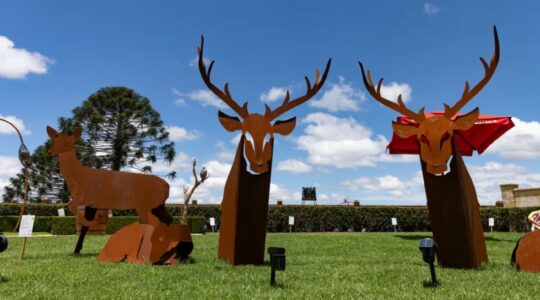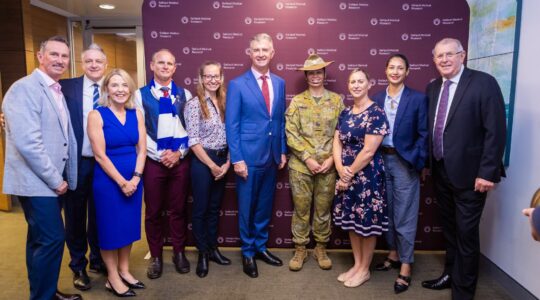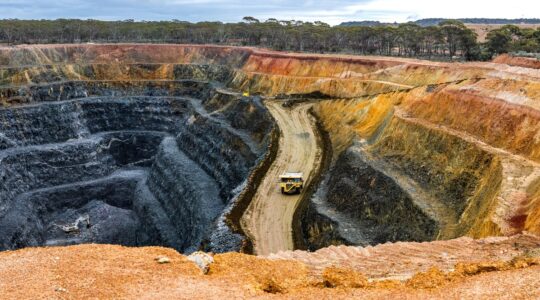A $90 million facility to preserve more than 13 million irreplaceable biodiversity specimens has opened in Canberra.
CSIRO Chief Executive Doug Hilton said the new facility would support researchers, government and industry to better-monitor the environment, pests and weeds, to protect endangered species, prevent disease, and harness nature sustainably.
Dr Hilton said the new centre featured robust, temperature-controlled vaults that were bushfire and pest-resistant and designed to preserve a range of specimens, from insects to wildlife, for future generations, while advancing scientific discovery.
“It brings together the Australian National Wildlife Collection and Australian National Insect Collection, collected over 150 years, supported by cutting-edge laboratories and research infrastructure,” he said.
“For more than a century, our collections have quietly underpinned Australian science, policy, agriculture, biosecurity, and biodiversity conservation.
“They are a hidden powerhouse, supporting everything from tracking pest incursions to discovering new species and understanding the genetic diversity of Australia’s native ecosystems.”
Dr Hilton said the work contributed directly to the national interest.
“It informs biosecurity actions, climate resilience strategies, and land management activities. It helps us answer one of the most pressing questions of our time: How do we protect biodiversity in a changing world?”
He said the building was named Diversity in recognition of Australia’s rich biodiversity represented within the national collections.
“The new genomics laboratories and digitisation facilities will allow scientists to extract and share more information from research specimens than ever before, connecting physical collections with digital platforms, from DNA sequences to high-resolution images.”
Dr Hilton said the facility made the collections accessible to researchers, governments, and citizen scientists worldwide.
He said Architecture firm Hassell designed the building in close consultation with collections researchers and engineers over 10 months to ensure the design would enhance scientific capability and capacity and preserve the delicate specimens for decades to come.
“Construction began in autumn 2022 and was completed just over two years later, while relocating the 13 million specimens to their new home took around a year.”
Dr Hilton said, unlike museums, Diversity was a research facility and not open to the public.
“It is, however, visited by scientists and collaborators from around the world.”
What’s in the vault:
- 55,000 birds, representing about 99 percent of Australian bird species, the most comprehensive collection of Australian and Papua New Guinean birds in the southern hemisphere.
- 17,000 orchids preserved in ethanol.
- 31,000 historical egg clutches from more than 1000 bird species.
- 37,000 tissue samples from more than 23,000 individual bird specimens, making it the world’s largest cryo-frozen tissue bank of Australian birds and one of the most significant collections of cryo-frozen Papua New Guinean bird tissues.
- The world’s largest collection of Australian insects and related invertebrates totalling over 12 million specimens, including 2.4 million moths and butterflies and more than 7 million beetles.
